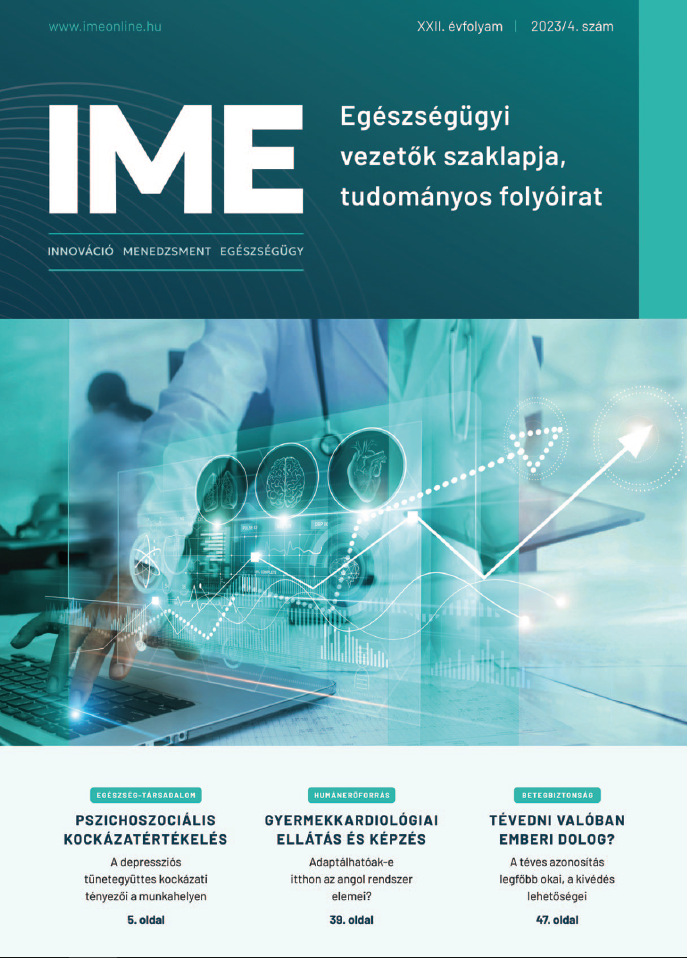Is it really human to err?
Common reasons behind misidentification and ways to prevent it
Abstract
In 2000, a study titled To Err is Human was published, which drew attention to patient safety problems and the importance of unexpected events during healthcare. One form of unexpected event is the exchange of patients and findings due to the result of misidentification during health care. According to our experience, misidentification and the resulting problems occur much more often than the frequency with which those involved report it.
Exchanges are of particular importance from the point of view of patient safety due to the seriousness of the consequences, as well as the fact that in the case of an exchange, up to two patients can be harmed at the same time.
With our thesis, our goal was to identify the patient group most at risk in terms of patient exchange and artifact exchange and to collect as many reasons as possible that may be important in misidentification, and their prevention options. We also considered it important to take into account what solutions and best practices exist for prevention and to present them in our announcement.
Until the beginning of the analysis, only 3 cases were reported to the Hungarian database of the NEVES reporting system, so this low number of cases did not allow statistical analysis. With the involvement of domestic practitioners, we held expert consultations, reviewed the most important relevant domestic and international literature, and based on the systematized information, outlined the causal structure.
We determined the groups with a special risk from the point of view of patient exchange, we identified a total of 21 such groups.
Among the many reasons uncovered during the research, in our article, we present in more detail the considerations related to regulation and patients with unknown identities. Then we give an overview of the wide-ranging system of reasons.
As a result of the research, we created 10 groups for the general reasons leading to the exchange of patients and findings, these are as follows: deficiencies in regulation; employees do not follow the rules; deficiencies in education; faulty work processes; human resources problems; the patient's problems; communication gaps; problems with devices; infrastructure issues; the knowledge/experience gained from previous events is not used. In connection with each group, we describe prevention options depending on the roots behind the general cause.
We deal primarily with the topic of regulation, including the identification of the unknown patient, the actions to be taken when detecting an exchange, the importance of data collection and organizational culture, and in our announcement we briefly review the actions to be followed in the event of a misidentification and present some examples of the good practices of others.

This work is licensed under a Creative Commons Attribution-NonCommercial-NoDerivatives 4.0 International License.




